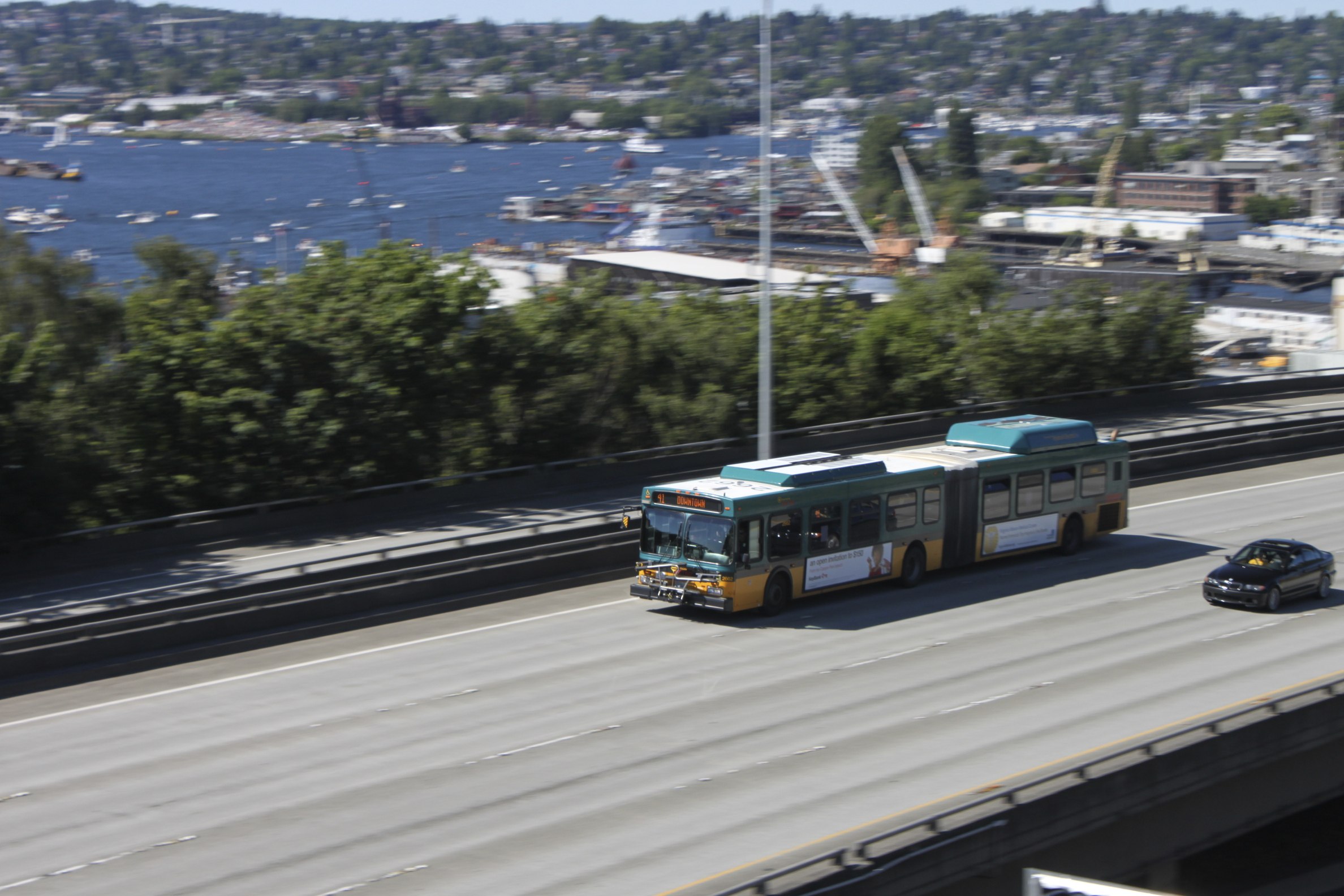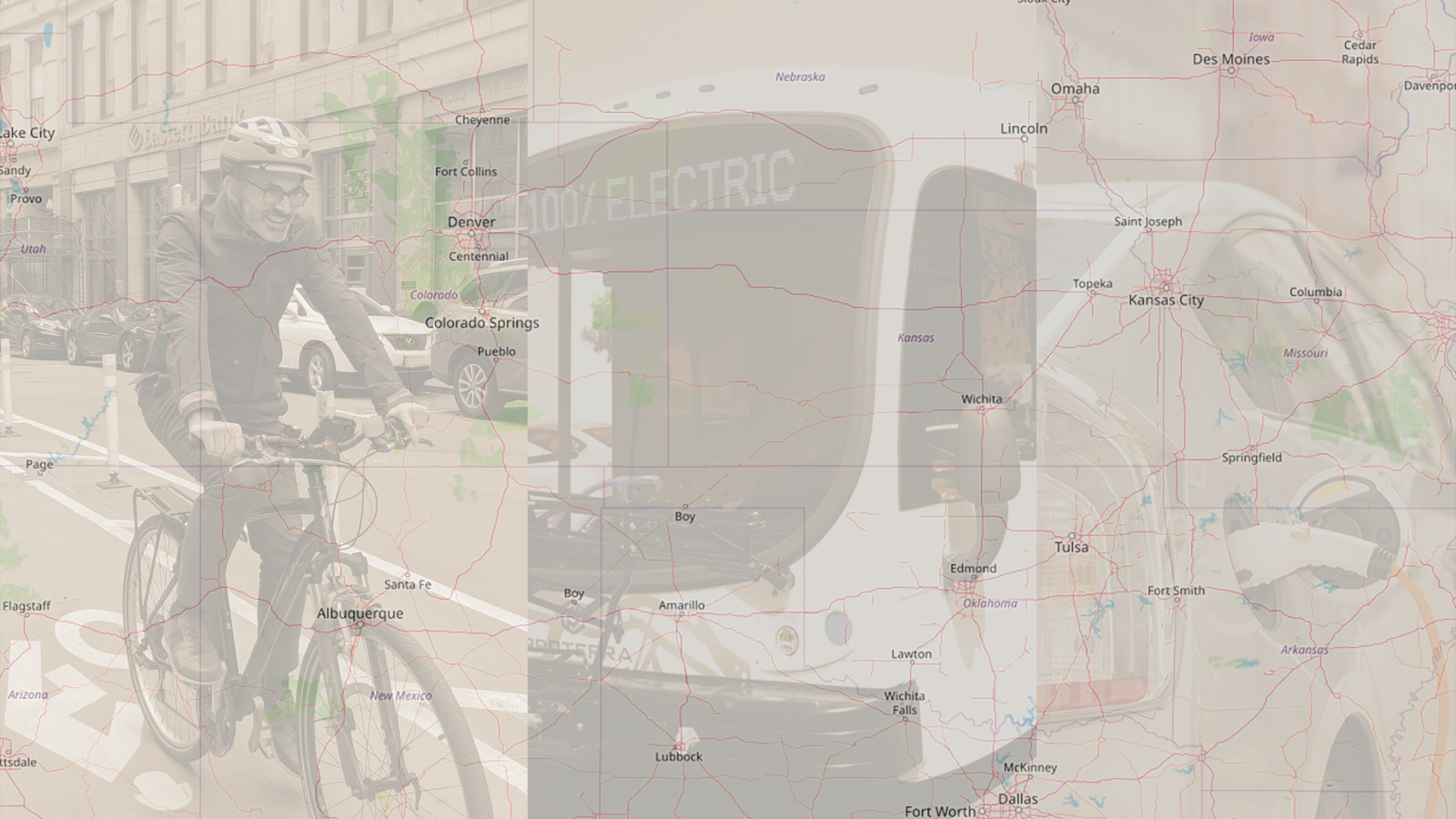
Transform Transportation
Strategies for a Healthier Future
At the beginning of the COVID-19 pandemic, Californians parked their cars and stayed home, leading to a significant drop in air pollution and carbon emissions. One year later, we are nearly back to pre-pandemic levels of traffic and driving, and the dangerous impacts for public health and our environment have returned as well.
Downloads
CALPIRG Education Fund, Frontier Group

At the beginning of the COVID-19 pandemic, Californians parked their cars and stayed home, leading to a significant drop in air pollution and carbon emissions. One year later, we are nearly back to pre-pandemic levels of traffic and driving, and the dangerous impacts for public health and our environment have returned as well.
CALPIRG Education Fund and Frontier Group’s latest report, Transform Transportation, identifies the numerous harmful health impacts caused by California’s car-centric transportation system and provides a three-step roadmap toward a healthier, more sustainable approach to transportation infrastructure.
Pollution from cars, trucks and other vehicles cuts short an estimated 16,000 lives in California each year. Meanwhile, approximately 3,600 people die in vehicle crashes in California annually, while thousands more are left severely injured. Yet each year, Americans drive more than 3.2 trillion miles – nearly 10,000 miles per person and more miles per capita than people almost anywhere else in the world.
“Our current transportation system is wreaking havoc on our health and the health of our planet,” said CALPIRG Education Fund Associate Claudia Deeg. “Decades of car-centered investment strategies have left us with inefficient and dangerous transportation infrastructure. We must keep investing in alternatives to driving, and electrify the vehicles we are using.”
Some of the worst impacts of California’s car-centric transportation documented in the Transform Transportation report are:
-
Pollution: Air and noise pollution have been shown to increase the risk of serious health conditions, including lung cancer, stroke, heart disease, asthma and dementia. In California, the transportation sector accounts for 80 percent of smog-forming pollution and 95 percent of toxic diesel emissions.
-
Traffic-related fatalities: In 2018, nearly 900 pedestrians and more than 150 cyclists were killed in traffic-related accidents, with more pedestrian and cyclist fatalities on the roads in 2018 than in any year since 1990.
-
Poor quality of life: People with long car commutes are at increased risk of diabetes, cardiovascular disease, osteoporosis, high blood pressure and experience substantially higher levels of stress, including more negative moods and lower life satisfaction.
-
Climate change: California’s transportation system is the number one source of greenhouse gas emissions in the state, representing more than 50 percent, and is the largest single contributor to the climate crisis.
Despite causing tremendous havoc and suffering, COVID-19 may have also provided an unexpected opportunity for Californians to reassess their transportation habits. As lockdowns kicked in across the country, a record decline in driving was accompanied by an increase in people walking, cycling and choosing other active modes of transportation.
The environmental impacts of this decline in driving were evident almost immediately. By mid-April of 2020, daily carbon dioxide emissions in the U.S. were down by around one-third. Without realizing it, Americans had embarked on a transportation experiment on a previously inconceivable scale — yet it’s been abandoned all too quickly. By last fall, California car traffic had returned to 90 percent of its pre-pandemic level. In December 2020, global emissions were in fact 2 percent higher than December 2019.
“Almost half of the global drop in emissions during the pandemic was attributable to the decline in road traffic alone. As we emerge from the pandemic, we have choices to make. With the right policies, we can deliver huge benefits for public health and the environment by making it easier for Americans to drive less and live more,” said report co-author James Horrox of Frontier Group.
In September 2020, Governor Gavin Newsom issued an executive order requiring all new cars and passenger trucks sold in California be zero-emission vehicles by 2035. This order represents a significant milestone in the effort to transform California’s transportation system, but more work is needed.
The new report provides numerous recommendations designed to make California’s transportation sector cleaner and safer. Among these are to:
-
Double the number of people who travel by foot, bike or transit by 2030 by expanding transit networks and creating “complete streets” that are safe, accessible and support micro-mobility.
-
Electrify all transit and school buses by 2030 by adopting commitments for zero-emission electric buses from transit agencies, school districts and utility companies.
-
Fully fund local public transit systems, particularly those that have been adversely impacted by the COVID-19 pandemic and invest in new transit options throughout the state.
-
Codify Gov. Newsom’s executive order banning the sale of new gas-powered cars in California by 2035 and incentivize the adoption of electric vehicles through expanded charging infrastructure and by reducing financial hurdles for cars and trucks alike.
“Our country’s transportation system makes us sick and unhappy, and threatens our kids’ future,” said U.S. PIRG Transportation Advocate and report co-author John Stout. “As infrastructure takes center stage at the national level, let’s take the opportunity to imagine the cities and towns of the future, and build them the way we want to be — by transforming transportation.”
Topics
Find Out More


Green schools guide

Why privacy matters – even if you’ve got nothing to hide

